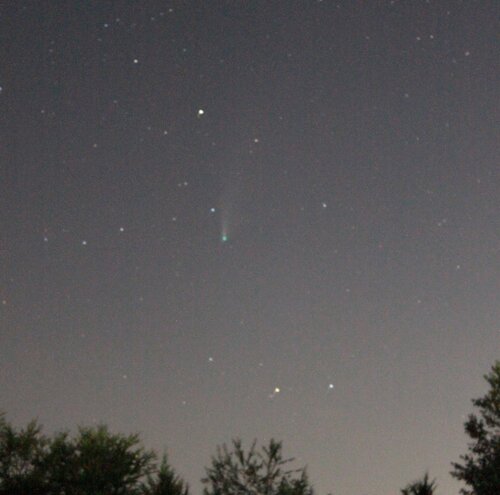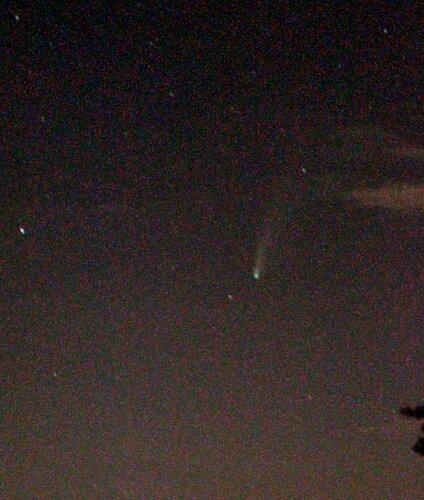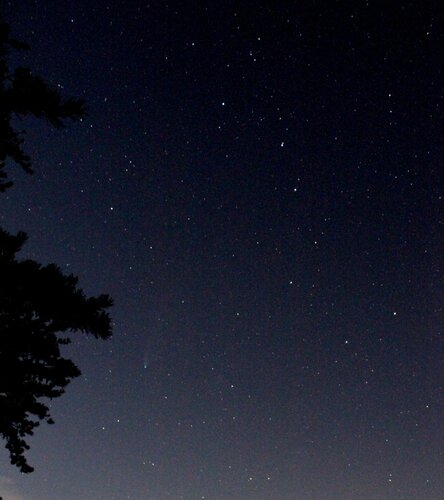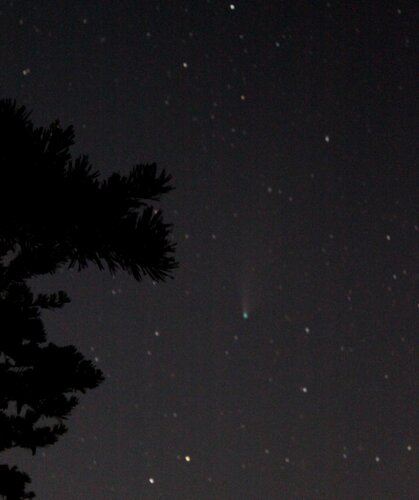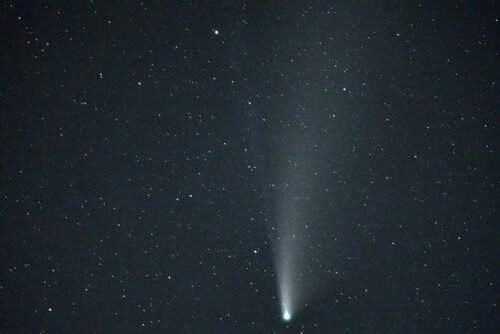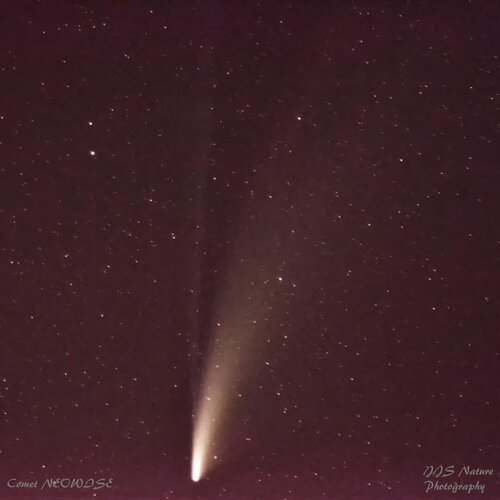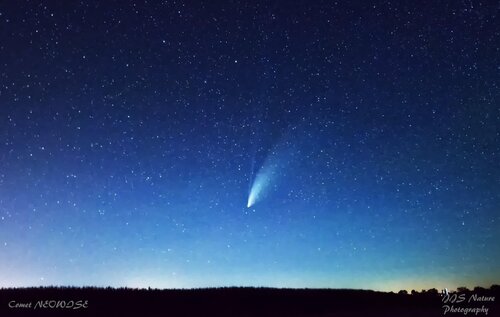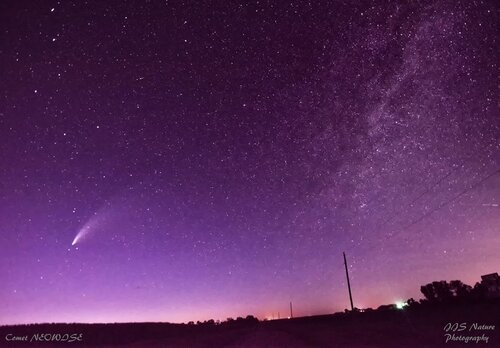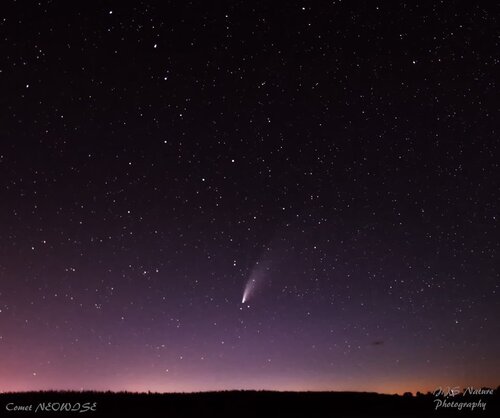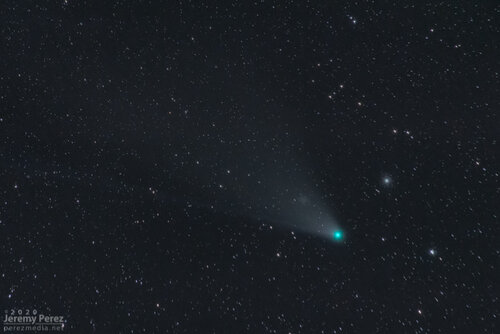JamesCaruso
Staff member
James and Randy, that peripheral vision experience you mentioned—averted vision—is something that really works well for observing faint, extended objects like the comet. Apologies if this is 'splainy...it's just incredibly useful at night. Amateur astronomers use that technique a lot to detect and resolve details visually. Just look off to the side and around the object rather than directly at it, so it gets situated on the surrounding retina in your eye instead of the central fovea which is way less sensitive to faint light. It's not as satisfying as being able to look straight at a thing, but it's fascinating and very useful in its own way to see an object blossom in size and brightness just by looking a bit to the side.
Interesting, thank you for that explanation. I found it useful not as a way to “see” it but just as a way to locate it, and then be able to detect it in the binoculars.

